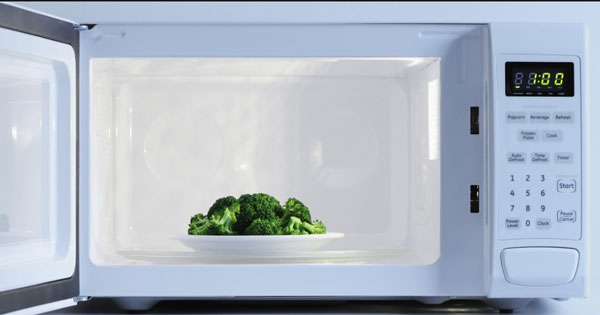
Paris, France | AFP | Small electrical appliances such as microwave ovens, kettles and hair dryers harm the environment in a dozen different ways, and consumers can do far more to reduce the impacts, researchers said Thursday.
In the European Union, the electricity used by 130 million microwaves puts 7.7 million tonnes of carbon dioxide into the atmosphere each year, equivalent to the annual emissions of nearly eight million cars, they reported in the journal Science of the Total Environment.
“Electricity consumption has the biggest impact,” said lead author Alejandro Gallego-Schmid, a research associate at the University of Manchester.
“This is because of the fuels used to generate the electricity.”
Add 150 million vacuum cleaners, 144 million kettles and more than 100 million hair dryers in Europe alone, and the carbon footprint becomes significant.
Clearly, banishing fossil fuels from the energy mix would slash emissions ascribed to small household appliances.
But that isn’t going to happen overnight: coal and gas still account for more than 40 percent of electricity generation in the EU. For the rest of the world, that figure is about 70 percent.
Until that changes, there are other ways to limit the environmental damage caused by the energy-hungry devices that have become part of everyday life, Gallego-Schmid said.
To start with, consumers can be less wasteful.
“On average, kettles boil 50 percent more water than people need,” he told AFP.
“There are about 144 million kettles in the European Union. The environmental impacts — and the margin for improvement — is huge.”
Likewise, most people operate microwaves longer than needed to heat or cook food, he added.
– Diminishing lifespan –
Consumers should also resist the temptation to discard ever-cheaper ovens for models that sport more features or fit in with a new kitchen’s colour scheme.
An analysis by other researchers of 100 cast-off microwaves at a recycling point in Britain showed that half still worked, and most of the rest could be easily repaired, Gallego-Schmid said.
In 2005, 184,000 tonnes of waste was generated from discarded microwaves in the European Union alone.
Manufacturers are not beyond reproach. The average lifespan of a microwave oven today is seven years shorter than it was 20 years ago.
Regulations also play a role, and the European Union
Last September, for example, Brussels mandated that new vacuum cleaners sold in the European Union could not have motors exceeding 900 watts, a measure designed to reduce energy use.
Officials touted the new ruling as a money-saver, but some disgruntled consumers rushed out to buy powerful machines before they disappeared from the shelves.
Plugging a device into the wall is not the only way that toasters, microwaves and blow dryers produce CO2 pollution, the study pointed out.
If the “cradle-to-grave” life cycle of small household appliances is taken into account, electricity use only accounts for 67 percent of CO2 emissions.
A quarter is associated with manufacture, six percent with the materials used in construction, and one percent with recycling.
“Manufacturing, transport, end-of-life waste management — this is where we can improve,” Gallego-Schmid said.
 The Independent Uganda: You get the Truth we Pay the Price
The Independent Uganda: You get the Truth we Pay the Price



